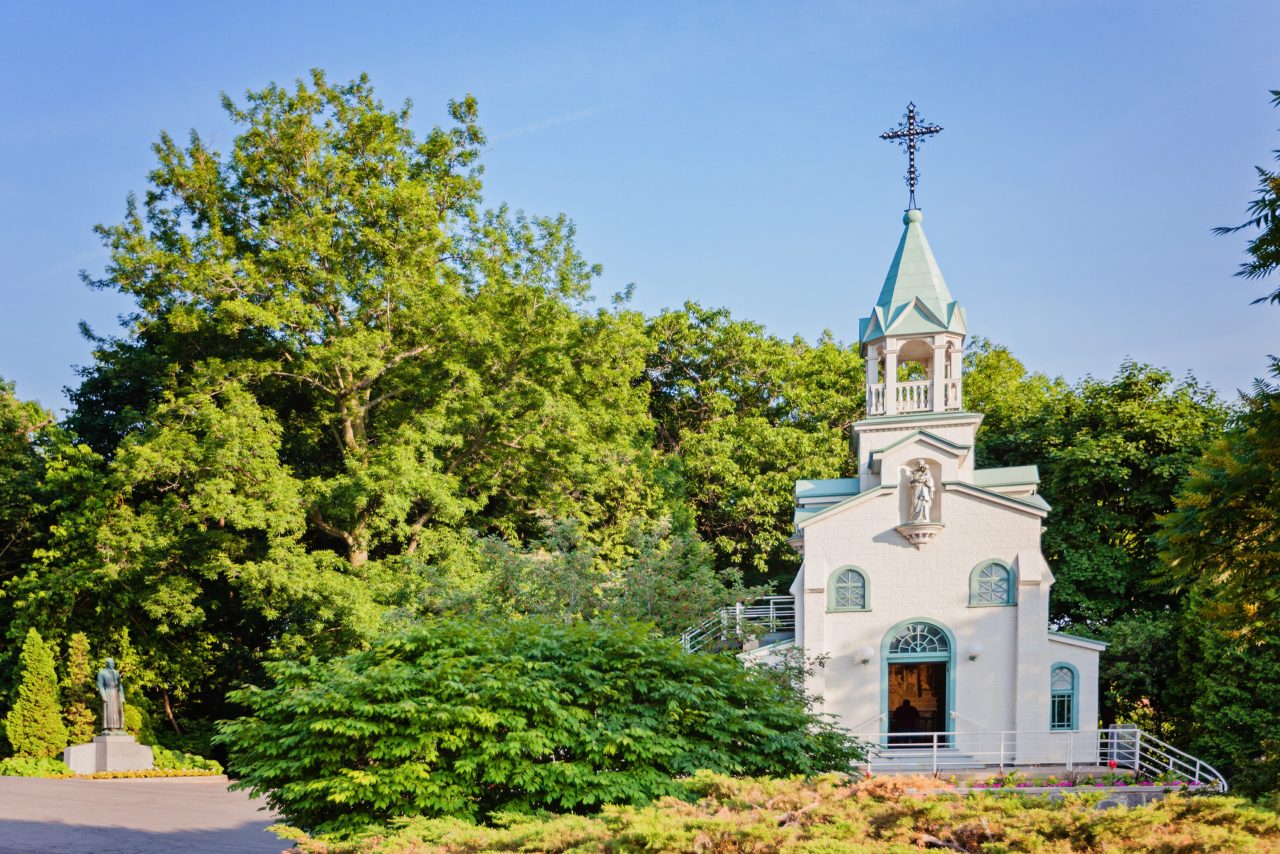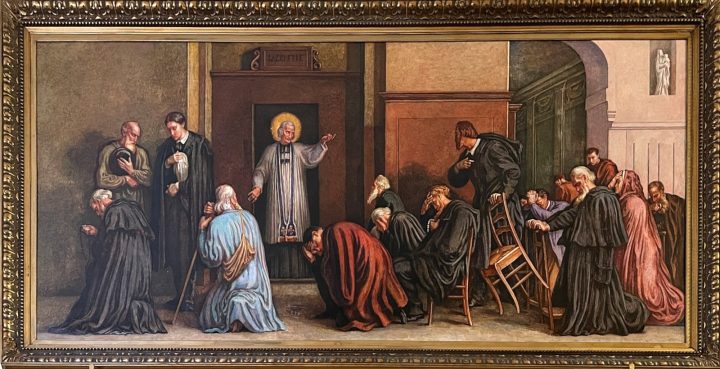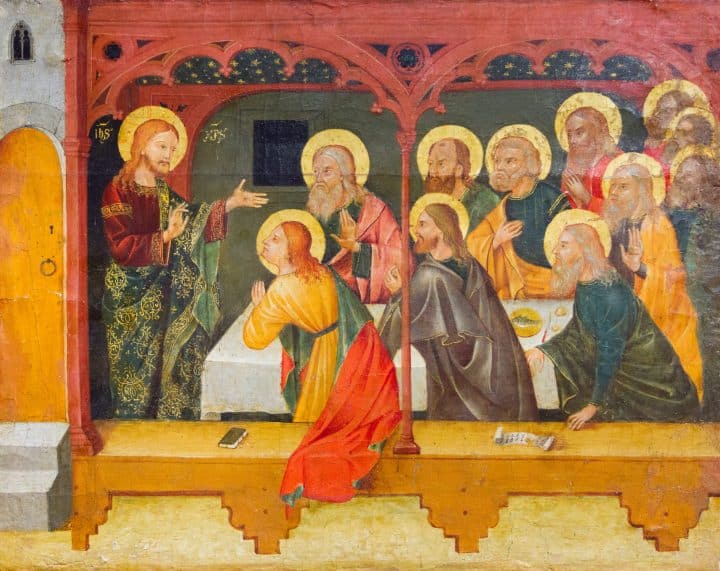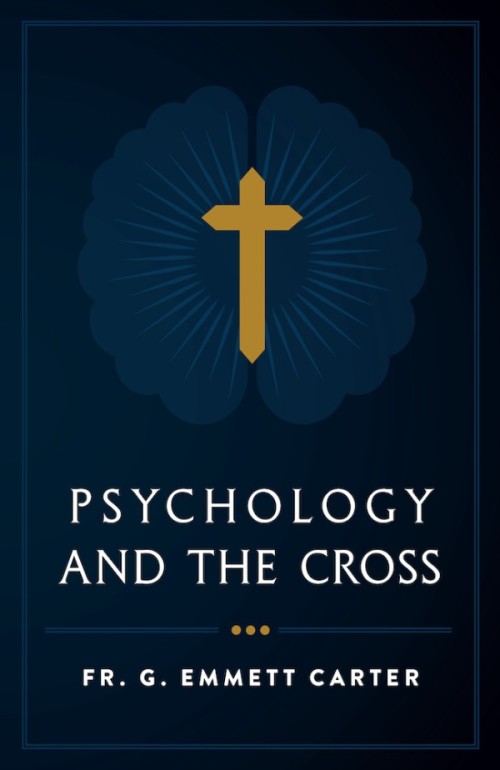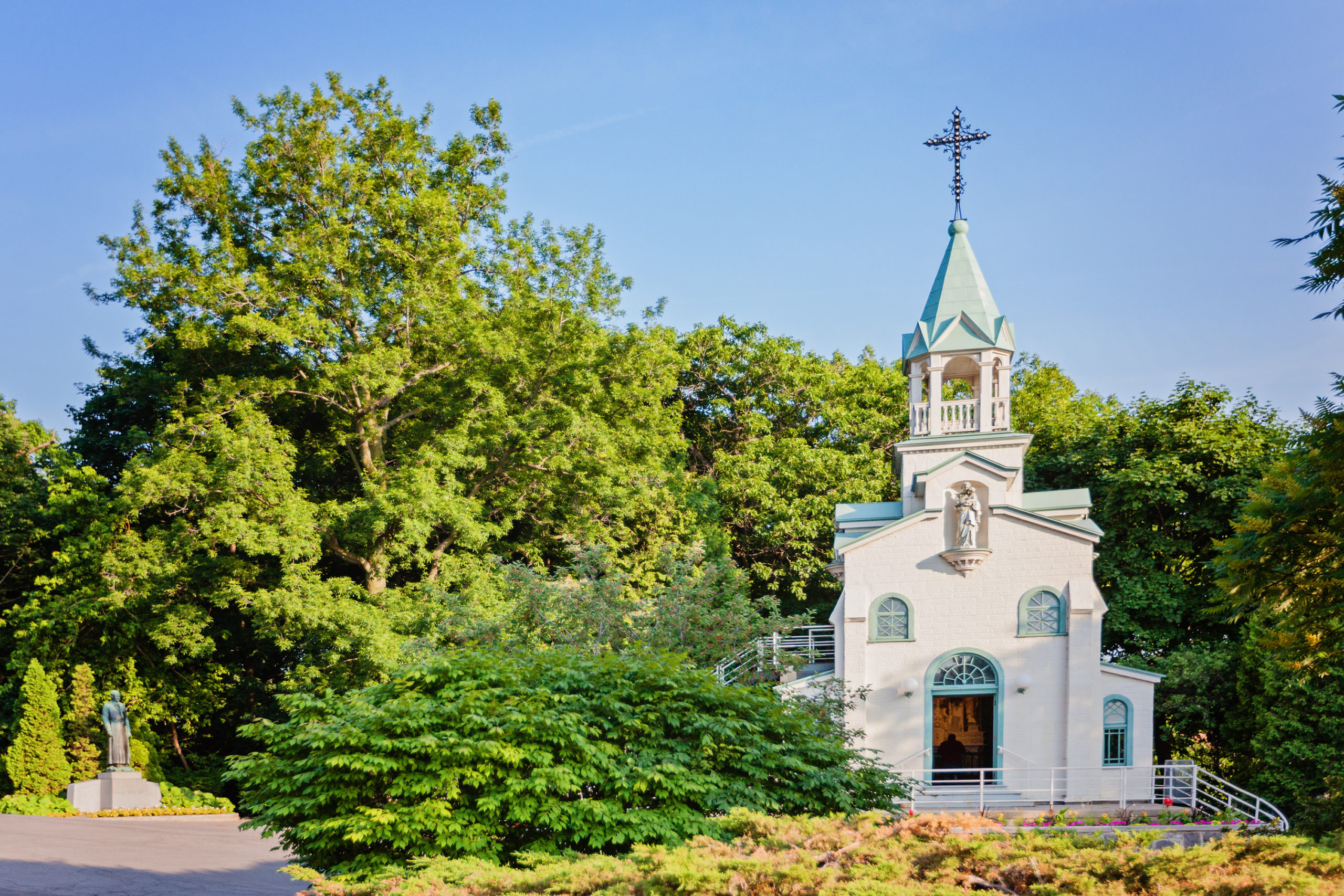
While chatting with some relatives a few days ago, I said how blessed those of us in Northeastern North America are to have Shrines dedicated to so many Saints. This week alone, we celebrate the Feasts of St. Elizabeth Ann Seton, St. John Neumann, and St. André Bessette. (Miracles performed by all three are detailed in the book Nothing Short of a Miracle,by Patricia Treece.) My family is particularly devoted to St. André. He prayed over my maternal Grandmother Bertha Hamel Bennett when she was a little girl, and she was healed of crippling arthritis.
St. André’s intercession is well-known in my diocese (Ogdensburg, New York), where he often visited. Numerous faithful retold stories of miracles, including a Sister of St. Joseph who was cured from debilitating rheumatoid arthritis when she traveled from Rochester, New York to Montréal, Québec to see St. André.
A Montréal native, Stephen Hebert, shared his near death experience. Hebert developed Meningitis C in February 1991. Ten people contracted it and, at the age of 24, he was the only survivor. “This bacteria plunged me into a 10 day coma and created a bunch of complications,” he shared. “Every single one of them could be deadly. To give you a general idea of the state I was in, I had five cardiac arrests, kidney failure, an odeama to the brain and one to a lung, and my blood pressure was so low, I was losing circulation to my right foot.”
Hebert wanted to go to St. Joseph’s Oratory, the shrine that St. André built, but was too sick. However, you could say that St. André came to him. “My uncle, who was a priest, came to visit me at the intensive care with a piece of cloth that belonged to Br. André and some St Joseph’s oil. He knew an old priest at the Oratory and told him about me, so that’s how my uncle got the cloth. He wrapped my foot in the cloth with St Joseph’s oil, to the great despair of doctors, and told me to be patient. After about a week, the necrosis was gone except for the tip of the toes. I had those amputated, but just the last articulation of each toe (all five). It was much better than losing a foot. I was able to do any sport and climb anything, so this is truly one of the many miracles I had and also the fact of getting the piece of cloth, that relic without telling anyone.”
When Corine Guay Giroux was a young mother, she lost her ability to walk after giving birth to her first child. She never thought that she would have more children. Her great-grandson, Fr. Joseph W. Giroux, learned that “Br. André prayed with her and she was cured. If it wasn’t for Br. André, I wouldn’t be alive.”
Another mother, Carolyn Pierce, experienced St. André’s intercession in her family’s life. When they were at a farm trade show, she recalled, “My youngest son Michael was involved in a terrible accident involving some equipment and sustained very severe head trauma. I just started telling (maybe shouting) to my family to ‘pray to St. Joseph, pray to St. André.’”
“The miracles began right away,” she continued. “There was a life flight helicopter and crew nearby, so it was available to fly Michael to Upstate Medical Children’s Hospital (Syracuse, New York). As I followed in a car, I called many people asking for prayers for Michael’s life; one was a dear friend at the Cathedral and I asked her to spread the word to priests and church community and beg for prayers. When Michael arrived at Upstate, there was a surgery crew already there; a special nurse, who was just about to go off duty, stayed to help with the surgery. She came to be a special friend, supporter, and advocate for us during our stay. Michael had surgery for a skull fracture and brain trauma, and we were told it would be several days before we knew if he would survive.”
“We endured many ups and downs over the next few weeks/months as he was in ICU, then to the pediatric ward, then to rehab,” Ms. Pierce elaborated. “At first, he couldn’t breathe or eat or move. Wonderful priests at the hospital came and anointed him several times. Miraculously—because I truly believe that’s what it was—he started to make progress. Even the nurses and doctors later told us that with his injuries they didn’t expect he would recover without serious disabilities—if at all. Each follow-up surgery and visit brought more ‘miracle’ reports, from healing of eye problems, no damage to hearing, repairing his skull, walking and talking and eating again.”
In 1935, when Fr. Gilbert B. Menard was seven-years-old, he was bedridden with pneumonia for months. It seemed that a cure would never come. Then, a local monsignor came and prayed over him. The monsignor blessed the incision, where doctors had drained puss from Fr. Menard’s lungs during his long hospital stay, and touched it with a St. Joseph medal and prayer card of St. André. Within hours the rest of the puss drained and in a few months Fr. Menard was back in school.
When Fr. Jack L. Downs was seven, he contracted rheumatic fever. He had to stay at home from school for a year. All of his joints would ache when there was a rain storm. The doctor said that his parents ought to move to Arizona to give Fr. Downs some relief. He went for five years to get a shot every week at the doctor’s office. The only exercises he was allowed to do were walking and skating. He went to daily Mass and parochial school. His heart muscle healed, but he still had the pain.
In 1941, when Fr. Downs was twelve years old, his pastor led a parish pilgrimage to St. Joseph’s Oratory. Fr. Downs was excited to go to Montréal for the first time. They visited several holy sites, offered Mass at the Oratory, and prayed at the tomb of St. André. The whole parish was interceding for him and a lot of people went. Amidst all the excitement, Fr. Downs didn’t realize that—despite the rain and long day—he had no pain when he arrived home. He hasn’t had any pain since. “I never really talked about it or thought much about it until later in life.” When he had to have a complete physical, the doctor said: “How have you coped with the pain in your joints all of these years?” Fr. Downs replied “I haven’t had any pain since I was twelve years old.”
The secret to St. André’s sanctity was his humility. St. André attributed no miracles to himself and called himself St. Joseph’s little dog. He was born in Saint-Gregoire d’Iberville Quebec, Canada, August 9, 1845, and raised in a devout French Catholic family. By the time St. André was twelve, both of his parents had died, and he was sent to live and work with relatives. St. André’s father was a carpenter like St. Joseph and his mother had a great devotion to St. Joseph which she passed on to little André, who was a sickly child. St. André “had already often thought of Saint Joseph watching over the Child Jesus and he had made up his mind to imitate this saintly Workman, for he also was to watch over the Infant God Whom he carried at all times in his soul by divine grace and Whom he received with such deep piety in Holy Communion” (St. André: The Wonder Man of Mount Royal, H. P. Bergeron, CSC, 15).
St. André faced many challenges, especially as he tried to become a Holy Cross Brother. He grew in holiness and received the great gifts of compassion for the sick and healing, through the intercession of St. Joseph. He wanted to build a Shrine to St. Joseph on Mt. Royal across from the college where he worked as a doorkeeper, in Montréal, Quebec. He began with poor health, little education and no money and even his own Brothers said it was impossible. Still, St. André placed total faith in God and the assistance of St. Joseph. A medal of St. Joseph was buried in the ground, where St. André wished to build the Shrine, and countless prayers were offered. Miracles happened. A small Church was built, then a larger one. When the walls stood and there was no money for a roof, St. André placed a statue of St. Joseph in the middle and said that the Saint would provide his own shelter; with St. André’s help and hard work he did. St. Joseph’s home kept growing!
St. André led weekly Stations of the Cross and a Holy Hour of Eucharistic Adoration in the small chapel. So great was St. André’s love for the Blessed Sacrament that he often spent his nights in prayer before Jesus. St. André’s bedroom, in which he cared for the sick and dying throughout the night, overlooked the chapel. St. André cut out a window in his room so he could look at the tabernacle and pray to Him day and night.
It is often said that a dog is a man’s best friend. St. André, St. Joseph’s little dog, certainly deserves the title of his best friend. Sometimes it was as if he was speaking with St. Joseph, said those who saw him in prayer. St. André’s advice to those wanting cures was simple: “Rub yourself with the blessed medal [of St. Joseph] and with St. Joseph’s oil. Make a novena” (Bergeron, 67). St. André encouraged novenas of Holy Communions, the Sacrament of Confession and the Stations of the Cross.
St. André died on the Feast of the Epiphany, January 6, 1937, at the age of 91. A million people traveled to Montréal in the cold and snow to pay their respects to St. André. Above all, St. André desired for people to grow close to God and be healed. He was willing to offer up any sacrifice for the conversion of one soul. St. André cared deeply about the sick, poor and suffering of the world. Today, when visiting the St. Joseph’s Oratory, it is amazing to see the thousands of crutches and braces left behind by those who were cured. People continue to pray, through the intercession of St. Joseph and St. André, for their many needs. In the words of St. André: “Seldom have I met someone who has come to the shrine and left without consolation, without feeling better about life.” “Place yourself in God’s hands. He will not abandon you.” Yearly, over two million people visit St. Joseph’s Oratory in Montréal, the largest shrine in the world to St. Joseph! St. André is entombed there.
Image: Chapel Built in Montreal by Andre Bessette. Alina Reynbakh/Shutterstock

